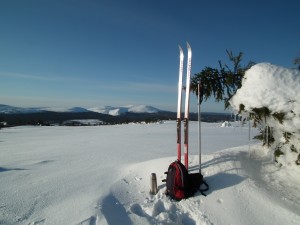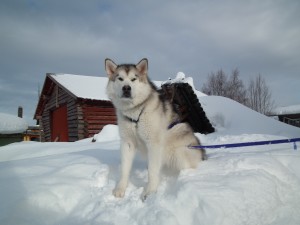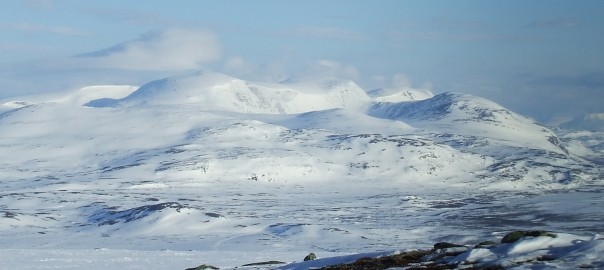Fennoscandia people groups
The geographical and geological region of Fennoscandia has also been a home for many people groups very early in the history of the area. The people groups settled and made it either a seasonal temporary home during their Nomadic annual journeys from district to region have left rock art, and cave paintings include indigenous Nomads known as the Sami people from far north Fennoscandia to East Siberia. And as well as the early pioneers that ventured along the Baltic Sea and into the Baltic Ice Lake and the Gulf of Finland after the Ice Age 8000 BC. It needs to be pointed out that the climate at the far north is exceptionally harsh, where temperatures do regularly dip down to -40 C regularly without any abnormality in the environment. So moving from place to place for a favorable region seems logical as the weather is dished out with various wind directions and icy cold blasts of the elements. And the summer season with well-known regions passed on from generation to generation with the storytelling of the food resources would be an attractive destination to travel and look forward to.
Fennoscandia languages
The peoples developed their own semantic language over many Centuries, there are different distinctive languages with their various dialects, as with the Sami, Norwegian, Swedish, Danish, Finnish they have their own life history, heritage and story to tell.
The Fennoscandia region consists of the Scandinavian Peninsula, Finland, the Kola Peninsula, and Karelia. When you look at history going back to the most recent Ice Age ended and when the vast glaciers melted some 10,000 BC the melted ice water runoff formed the Baltic Ice Lake. The Ancient pioneers ventured further and further north as the summers came earlier in the year and were noticeably warmer to the previous one.
The early people pioneers of the Fennoscandia came from several directions and regions of Europe and Siberia. There was a DNA study done as the technology was improved with the help of science and computer analysis, many previously made assumptions and written articles had to be rewritten due to the false assumptions prior made. Often false assumptions were made to support their own biases and heresy. Moscow is not the center of the Universe.
Fennoscandia timeline
The logical approach to unravel the mystery of the Fennoscandian history is to look at it rationally, in a sequence of events in the history of the Fennoscandia with a timeline, the gradual process how and where the peoples traveled, settled left rock art and cave paintings and other antiquities and at some places later grew into larger community.
History is often oversimplified, viewed only by the historically most dominant group, and the minority groups that often are the indigenous peoples which are entirely ignored and forgotten. That is ironically the simple one track mind of the club-wielding caveman or a territory hungry conquering foreigner raping the indigenous pioneers of a territory of the ancient elders. One such group and oversimplified were the Vikings, often glorified their warmongering and territory conquests, but not much is remembered of their victims, which may have been peace living indigenous clans.
After several millenniums, the Vikings came to being as the Seafaring traders that ventured far and wide to foreign lands, it was not until around 90 AD that they became a regular sight along the route from the Gulf of Finland, along the Neva River to the Lake Ladoga.
They made use of the water highway that was a connection of Sea Gulf, rivers, and lakes connecting as far as the Middle East. These peoples of Fennoscandia spread over their habitats through forests of Finland to Karelia, the Kola Peninsula as well as the periphery of the Scandinavian mountain chain. They used to make their living by fishing, trapping, and hunting. People of Fennoscandia used reindeer as their food source, clothing, craft materials, utensils, and the means of winter transport.
However, in the other areas of Fennoscandia, the Sami homeland started forming up with the expansion of agricultural settlement.
Population increase
The nomadic indigenous Sami peoples of the far north back in history ventured further south during the winter months in the land currently known as Finland,
With a smaller population of the early pioneers of Finland that lived predominantly along the shores of the Gulf of Finland and the Karelian isthmus, Neva River and the lake know today as the Lake Ladoga. The population in the region of current Finland was much less than today (5 Million+). So there were open spaces available to which the nomadic made use of and ventured to the softer climate in the south during the winter months. The Nomadic indigenous peoples of the North came south all the way along the west coast, but as the population grew in the land of Finland, the Nomadic indigenous peoples were gradually returning south during the winter less and less.
Reindeer farming
Another false assumption is about the Nomadic Sami peoples is that they were reindeer farmers in the early history, with an image of relatively modern reindeer husbandry with flocks of hundreds of reindeer per owner. It is utterly false, similar to the use of grain crops, for many thousands of years globally in the south grain was not farmed. It was picked merely where it grew. Naturally, it took many thousands of years for someone to get the bright idea off the ground.
The grain fields could be propagated, and it would increase the grain crops and ensure consistency and a reliable yield for the winter harvest. The early indigenous Nomadic peoples of the far north had learned to make use of the reindeer in many ways; for food, clothing, craft materials, utensils, transport, and as a pet companionship. The reindeer farming where one family would have more than 3 or 5 reindeer only came about in the Fennoscandia around late 17 century. The Nomadic peoples by nature are not hoarders of material things, they just took what they needed and they traveled light, a large herd of reindeer has a pack will of its own, it takes a big effort to maintain a large herd of reindeer and for what purpose? They had no need for it, it was not discovered yet. The world was changing rapidly, including in the far north of Fennoscandia, and their world would never be the same again.
Paying of taxes
They did not pay taxes until the Swedish Monarchy demanded it. It was after that the Swedish government demanded taxes, and similarly, also the Russian tsar demanded fees to be paid by the nomadic Sami peoples of the north, that merely living self-sufficiently providing for their own families was not enough. Their early tradition and lifestyle as lived out in a Nomadic people without borders, traveling West and East as seasons were favorable. Self-sufficiency and surviving were not enough, now they had to also provide for the government and pay taxes, various items of value could be used to pay taxes, at times it was; reindeer, beavers, moose, bear, fox, or squirrel pelts, and dried or salted fish. At times, they paid tax to Sweden and to Moscow simultaneously. During the 17 century hunting was the most important source of income to the North Finland Lapland district of Kuolajarvi.
Game hunted out
There was no need for a large herd of reindeer before the increase of population, After the rise in population then came scarcity of the natural resources, and it was after the wild game was almost hunted to oblivion, and the lakes almost fished out,
It became a problem to get a consistent catch that the nomadic Sami peoples had to develop new ways to survive and make a living, that’s when the reindeer farming came about in the Fennoscandia, around the end of the 17 century. It was a creative entrepreneur Endeavour effort to solve the problem of making ends meet and ensuring regular income for the families.



